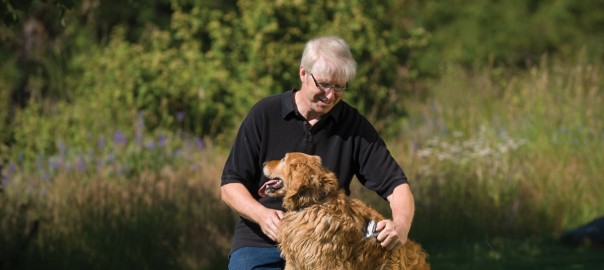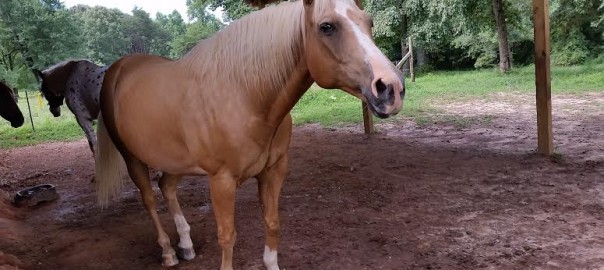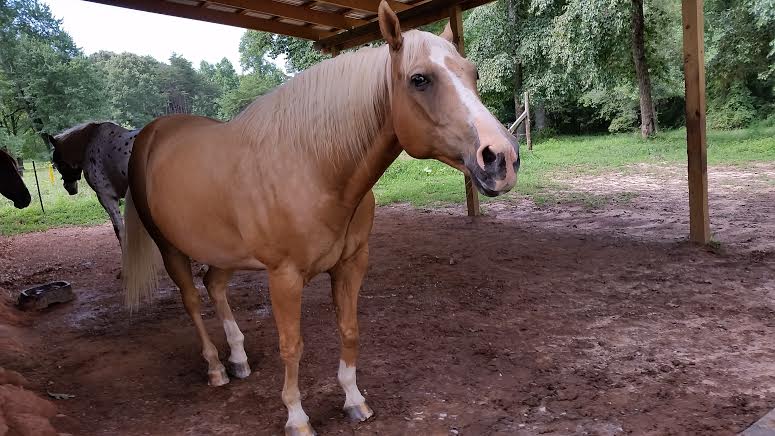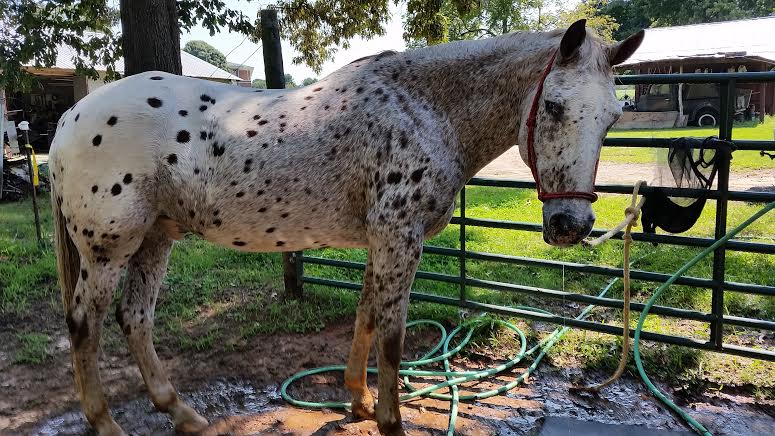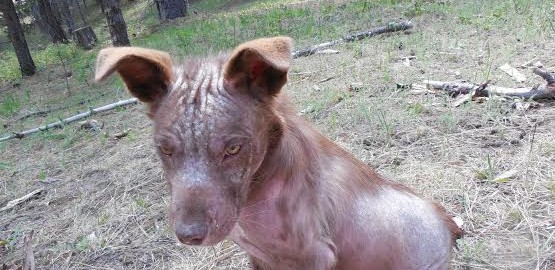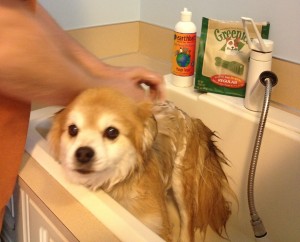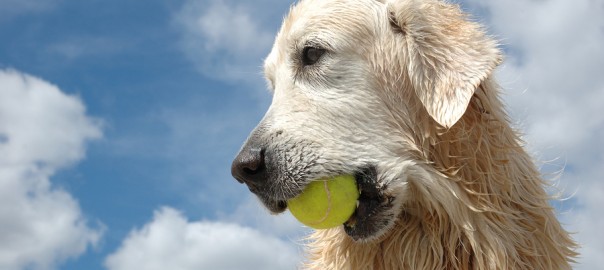I’ve lived with a lot of dogs who would do pretty much anything for treats. Our canine cocktails Quora and Quixote, along with our old Golden, Shakira, and my beloved Gracie, all beg for treats, and nothing brings them running like the sound of the treat drawer opening.
Maybe you have dogs like that, too. Unfortunately, if we give in when our delighted frenzies of fur keep begging, before too long they’ll start bulging. Obesity is at epidemic proportions in America’s pets, and that spells a shortened lifespan and reduced quality of life.
Pudgy pooches have an increase in serious health problems obesity including joint problems, Type 2 diabetes, respiratory and skin problems, even cancer.
Sure, you can give in to the plea in those dancing liquid eyes, but please limit treats to no more than 10 percent of total caloric intake for a lean dog, and even less for dogs with weight to lose. And don’t let your own eyes be the judge; as a veterinarian, I know most owners of obese pets don’t see the extra pounds. Ask your vet to tell you!
Here’s the good news: Dogs would almost always rather play or get massaged than eat! And what’s better, play burns calories for both pet and owner, while massage gives both of you a biochemical spa treatment and bonding experience.
So the next time, don’t get out the treats; head for the yard for a game of chase, or to the park for a long walk. Then settle in for a nice, long massage at the end of the day. You’ll both live longer, happier lives for it!
